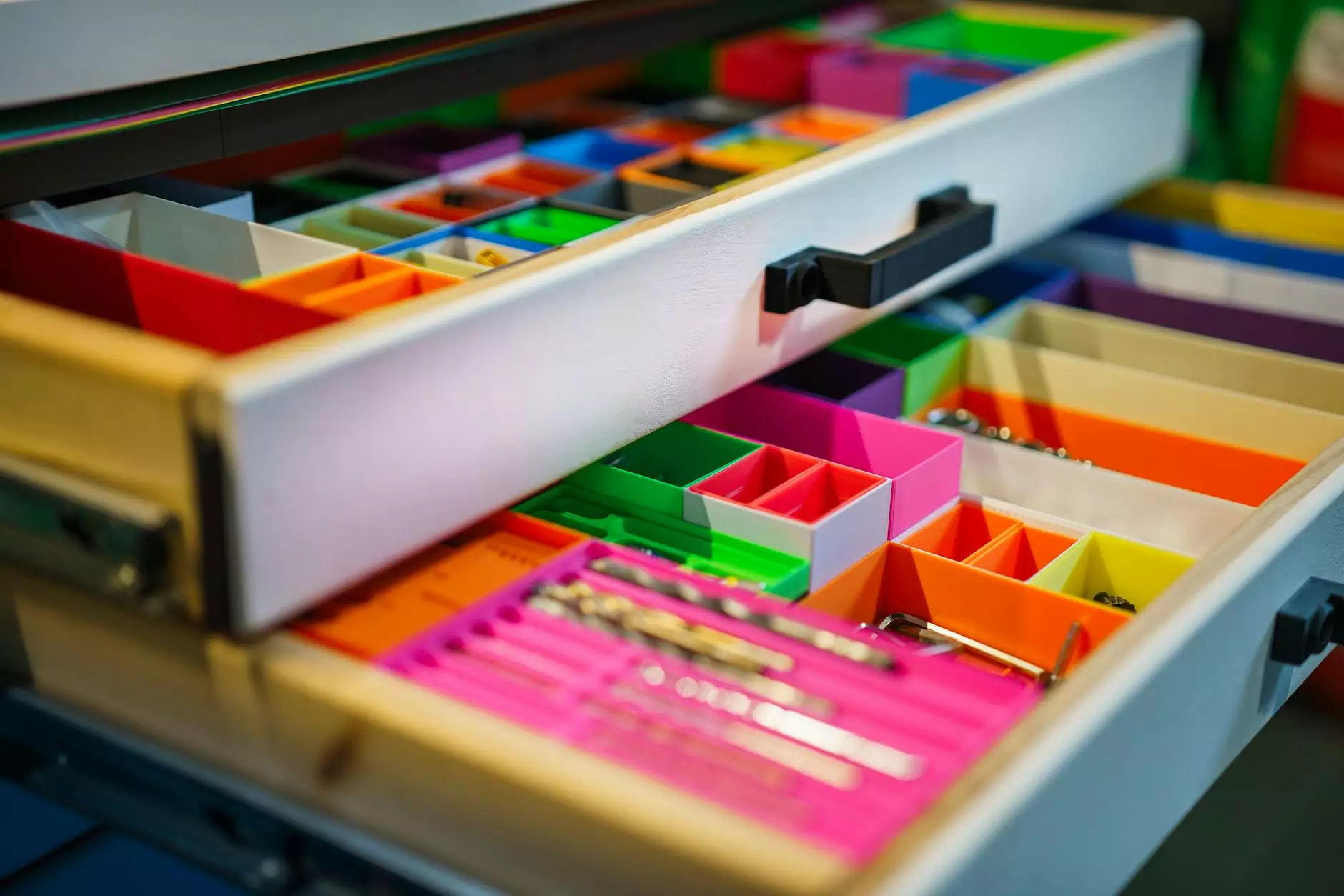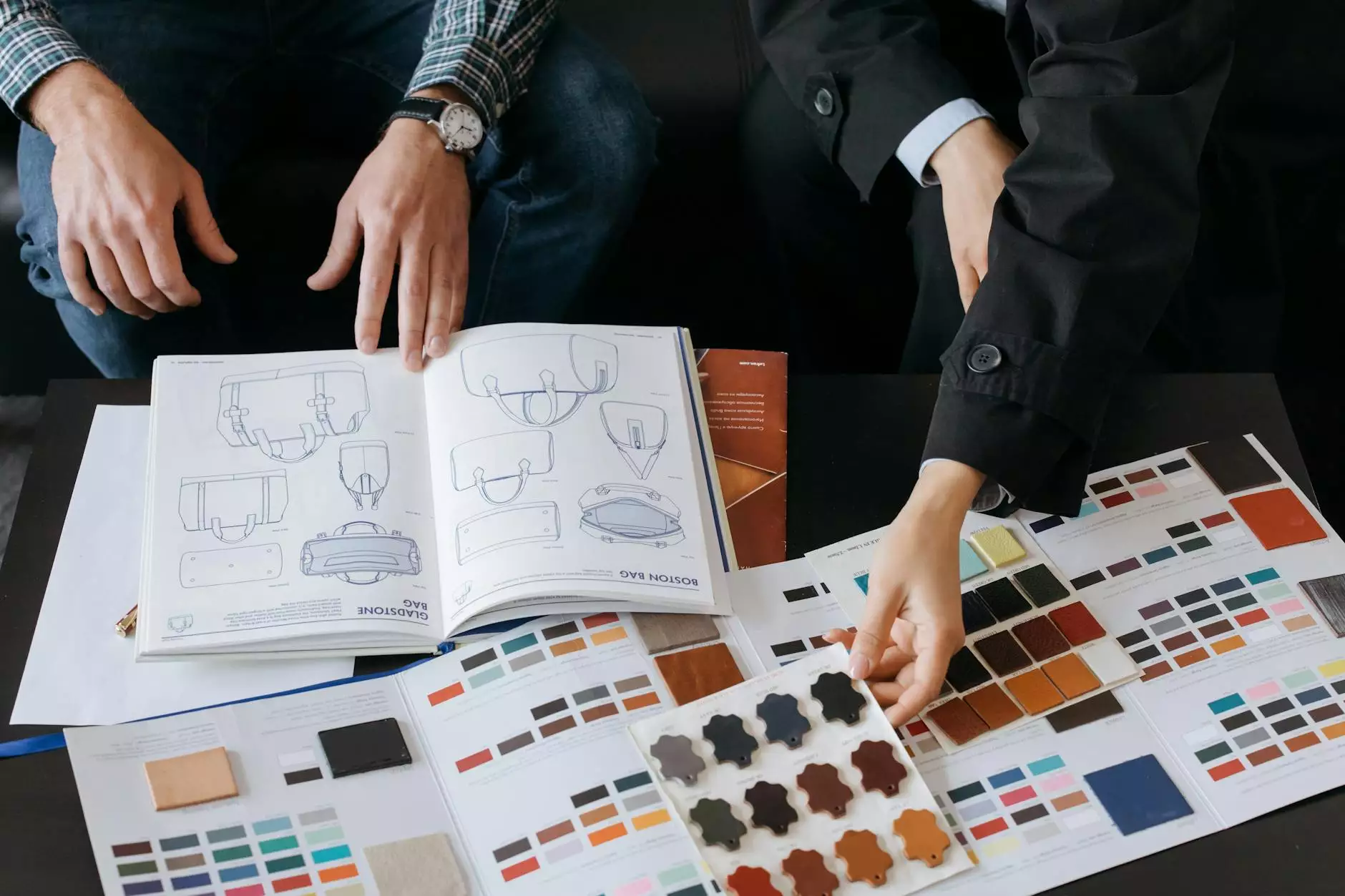The Evolution and Impact of Stereolithography in 3D Printing

Stereolithography, commonly abbreviated as SLA, is one of the pioneering technologies in the realm of 3D printing. This methodology has brought a seismic shift in how industries approach design, prototyping, and manufacturing. At Infotron, we recognize the unparalleled advantages this technology offers and its potential influence on various sectors.
Understanding Stereolithography: A Brief Overview
The concept of stereolithography was first introduced by Charles Hull in the 1980s. This innovative process involves the use of a UV laser to cure and solidify liquid resin into hardened plastic structures, layer by layer. This technique is lauded for its precision, allowing the creation of complex shapes that traditional manufacturing methods struggle to achieve.
The Process of Stereolithography
The essential steps in the stereolithography process include:
- Design Creation: Using CAD (Computer-Aided Design) software, designers create a 3D model. This model is then sliced into thin layers that the printer will build one at a time.
- Setup: The machine is prepared with a vat of photopolymer liquid resin. Laser optics are aligned to ensure precision.
- Layering: The UV laser traces the first layer of the model. The exposed resin solidifies, adhering to the layer beneath it.
- Build-Up: The platform lowers, and a new layer of resin is spread across the previous layer, initiating the curing process for the next slice.
- Post-Processing: Once the print is complete, the model is removed from the vat and often requires washing and post-curing to enhance its properties.
Applications of Stereolithography in Various Industries
With its exceptional accuracy and versatility, stereolithography has found applications across a multitude of industries. Some of the most notable include:
1. Aerospace Industry
The aerospace sector utilizes stereolithography for creating intricate components, rapid prototyping of parts, and even producing tooling for larger manufacturing processes. The ability to produce lightweight yet robust parts is invaluable in aircraft design, ultimately leading to more efficient fuel consumption and performance.
2. Medical Field
In the medical domain, stereolithography is transformative. It allows for the production of custom implants, prosthetics, and even bioprinting tissues. Surgeons can create accurate models from patient scans for preoperative planning and simulations, drastically improving patient outcomes.
3. Automotive Sector
The automotive industry adopts stereolithography for rapid prototyping and testing of components, significantly reducing time-to-market. From intricate parts to entire vehicle models, the technology aids in visualizing final products before actual production.
4. Consumer Products
Businesses producing consumer goods, such as electronics and accessories, benefit from stereolithography by allowing for quick iterations on designs. This flexibility means that companies can adapt to market demands swiftly, ensuring they remain competitive.
5. Artistic and Decorative Works
Artists and designers frequently turn to stereolithography for its ability to produce detailed models and intricate designs that could not be achieved by hand. This has opened new avenues for creativity and expression in the art world.
Benefits of Stereolithography for Businesses
The benefits that stereolithography offers to businesses are numerous, making it an attractive option in various sectors:
- High Precision and Detail: The SLA process allows for the creation of complex geometries with high-resolution detail, which is critical for prototypes and finished products.
- Speed: Stereolithography enables rapid production cycles—from concept to prototype in mere days—helping businesses to reduce their development timelines.
- Material Variety: The technology supports a wide range of materials, including flexible, rigid, and specialty resins, allowing companies to tailor their products to specific market requirements.
- Cost-Effectiveness: While initial investment costs may be higher, the long-term savings—due to reduced material waste and shorter lead times—make investing in SLA worthwhile.
- Sustainability: Recent advancements in resin formulations are leading to more environmentally friendly options, aligning with the growing focus on sustainability in manufacturing.
Future Trends in Stereolithography
As technology advances, stereolithography is poised to evolve significantly. Some anticipated trends include:
1. Enhanced Materials
Research is ongoing into new resin formulations, including biodegradable materials. The goal is to create products that are both high-performing and environmentally responsible.
2. Increased Automation
The integration of artificial intelligence and machine learning into stereolithography processes can enhance automation, improving efficiency, accuracy, and operational effectiveness.
3. Customization and Personalization
As consumer preferences shift towards more personalized products, the adaptability of stereolithography will allow businesses to meet these demands without significantly increasing costs.
4. Integration with Other Technologies
The combination of stereolithography with other manufacturing processes, such as subtractive methods or injection molding, could lead to innovative hybrid solutions that optimize production.
Conclusion: The Strategic Advantage of Stereolithography
In conclusion, the impact of stereolithography on modern manufacturing and design cannot be overstated. Businesses across various sectors—from aerospace to consumer products—are leveraging this powerful technology to innovate, reduce time-to-market, and enhance product quality. As a key player in the 3D printing landscape, Infotron is committed to staying at the forefront of these advancements, helping our clients navigate the exciting future of manufacturing. By embracing stereolithography, companies can secure a strategic advantage, ensuring they meet the demands of tomorrow's market.









